Navigating the Demise of Onboarding Solutions

In the rapidly evolving realm of digital marketing, a significant transformation is unfolding. Onboarding solutions, previously essential for bridging the gap between owned first-party data and audiences within advertising ecosystems, are losing their foothold.
The issue is they primarily rely on third-party digital identities, and that isn’t as easy to come by anymore. As we move away from relying on third-party graphs, it’s crucial for marketers to look towards strategies that are better for privacy and more sustainable in the long run.
It’s about finding new ways to reach high value audiences and ensure campaigns hit the mark, while keeping privacy front and center. As we make this shift, it’s important to recognize that brands currently using onboarding solutions are not to blame. A decade ago, this method was at the forefront of digital marketing innovation. However, as technology advances and the digital ecosystem evolves, there emerges a compelling opportunity for brands to adapt and embrace more direct and efficient marketing methods.
The Crux of the Matter
Marketers are facing a new reality: the decline of third-party digital identity marks a significant pivot away from long-standing practices. Onboarding solutions rely on this data to match audiences and bring campaigns to life. However, this is becoming less effective, and as costs rise—costs that marketers inevitably bear—the need for more efficient, cost-effective solutions is evident.
This shift challenges marketers to rethink first-party audience targeting strategies that are no longer as impactful as they used to be.
What would you do, for instance, if you were heading up digital marketing for a major consumer brand and discovered that your cost-per-acquisition (CPA) had skyrocketed by over 50 percent within a quarter? Likely, you’d swiftly reevaluate your digital advertising strategies with an eye toward more sustainable, effective, and cost-efficient marketing methodologies.
Pivoting to Success: Direct Activation as the New Norm
In response to these challenges, there’s a clear path forward: direct activation to paid media environments using first-party data. Direct activation in advertising refers to strategies that bypass traditional third-party data brokers and engage customers through paid channels. This approach circumvents the need for onboarding solutions altogether, presenting an activation path that is not only faster but significantly more cost-effective.
Since direct activation allows brands to streamline how they engage with their audiences, they can also enhance the match rate, decrease activation times, and achieve more accurate targeting.
Brands including Alaska Airlines, Brooks Running, and Wyndham Hotels & Resorts are using first-party data to effectively utilize 10 billion customer profiles daily across major ad platforms. This strategy enhances match rates and significantly boosts return on ad spend (ROAS), with some campaigns seeing up to 5X improvements and 90% faster activation times. Specific successes include SPARC Group achieving 5X ROAS through customer value segmentation, Wyndham observing substantial ROAS growth, Alaska Airlines cutting paid channel costs by 21%, and First Hawaiian Bank with off-the-chart match rates of 90 percent or more.
The Benefits Unpacked
Adopting direct activation strategies comes with a host of advantages. First, it significantly reduces the time required to get audiences into the advertising environment, ensuring that marketing campaigns can be launched more swiftly and efficiently.
Furthermore, by eliminating the reliance on rented third-party identity graphs, brands can cut unnecessary costs, thereby reallocating resources to more impactful areas of their digital marketing efforts. The result is a high-fidelity marketing approach that is not only more aligned with the current digital ecosystem but more sustainable in the long term.
The transition towards direct activation methods is not just a tactical shift; it’s a strategic imperative. By eliminating the need for the middleman, brands take greater control over their marketing strategies, ensuring that they are not only more cost-effective but more aligned with the evolving expectations of consumers in the digital age.
Looking Forward
As we move forward, the shift towards direct activation in the digital marketing space is not just inevitable; it’s essential. Brands that recognize and adapt to this shift will be better positioned to thrive in an increasingly competitive digital landscape. The future of digital marketing lies in embracing change, rethinking traditional strategies, and adopting more direct, efficient, and cost-effective methods of engaging with audiences. The decline of onboarding solutions marks the end of an era, but more importantly, it signals the beginning of a new chapter in digital marketing—a chapter that promises greater ownership over activation processes, effectiveness, and alignment with the digital age.
About Peter Ibarra
Peter Ibarra is the Head of AdTech Solutions for Amperity, a customer data platform company that uses AI to deliver a comprehensive and actionable Customer 360. In this role, Peter leads Amperity’s product strategy across digital media, Retail Media Networks, second-party data collaboration, adtech partnerships, and post-cookie first-party activation. Prior to joining Amperity, Peter served as the Director of Strategic Initiatives at Dstillery, where he oversaw the development of strategic partnerships and managed new data and marketplace integrations for Dstillery’s audience products. Additionally, he led the organization’s internal Alignment & Innovation committee and oversaw the development, implementation, and promotion of Dstillery’s Mission Statement and Principles + Values.





